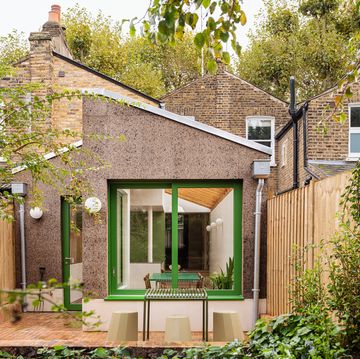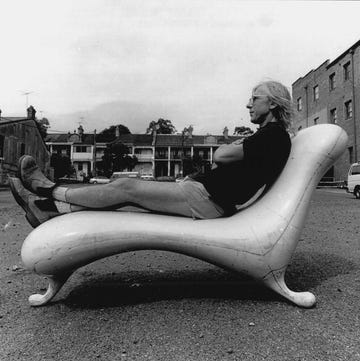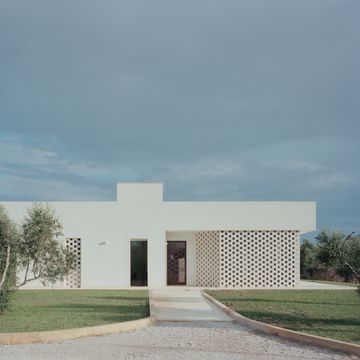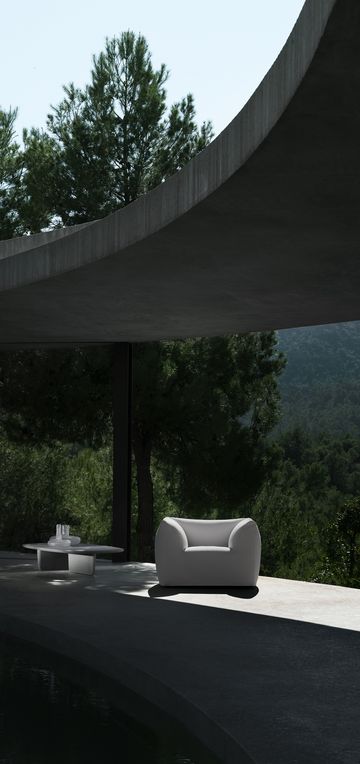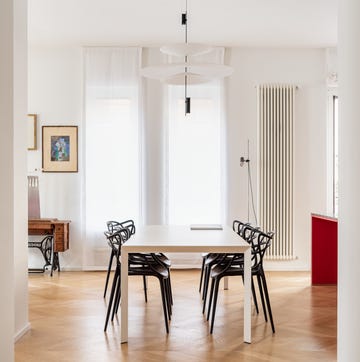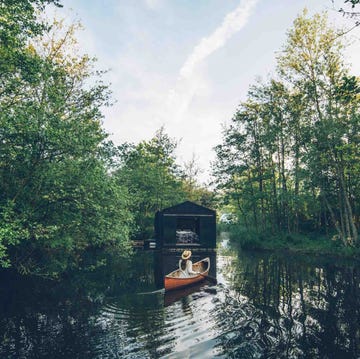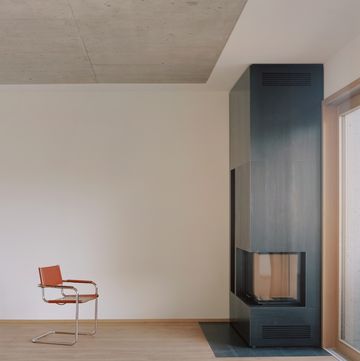The year was 1962, and Franco Albini and Franca Helg were approached to design the stations of Milan's first subway line: the legendary Rossa, or red line. The design, produced in a collaboration with Antonio Piva and Bob Noorda, who were called on specifically for the graphics and signage, re-imagines the fast-paced life that flows beneath the city's streets. The goal, in fact, is to add a set of visual spaces to the already built underground structures, along with elements that enrich the environment extending beyond the tracks and the platform, exploring stores, public service equipment, fixed furnishings, lighting, materials, architectural details and a coordinated image.
The result is a Compasso d’Oro-winning project: in 1964 Milan's Red line was awarded and recognized, worldwide, as one of the most radical urban transportation systems ever (New York's own subway would soon make its own replica). For its 40th anniversary, then, the commission that forever revolutionized Milan’s transportation infrastructure remains a staple of the local imagination. With this in mind, our Design Favorites of the Week looks to honor and highlight the city’s iconic metro, offering a quintet of projects paying tribute to a fast-moving life underground.
The Metrò lamp designed by Piovenefabi in collaboration with Maniera
Imagining a domestic landscape that reference the subterranean settings of the subway, Piovenefabi introduces Metrò, a floor lamp that evokes the familiar curved handrails of Milan’s Red line. Made in collaboration with Maniera, the floor lamp with a sleek and gentle silhouette, brought by Ambra Fabi and Giovanni Piovene to the Chicago Architecture Biennial in 2017, pays homage to the work of Studio Albini Associati by tracing the shape of the famous railing accompanying the descent and ascent from the platforms.
The MSGM x Google Pixel collection
Transformed into pins and projected onto coats, the M1 handrails, designed both for practical purposes and as a graphic system of orientation, return to the runway thanks to MSGM. The brand's men's collection for autumn-winter 2024 parades, not surprisingly, in the mezzanine of the Porta Venezia station to celebrate the project from 40 years ago. Questioning the concept of speed, Massimo Giorgetti has called on Google to integrate a series prints into his wardrobe thanks to exclusive images taken using Google Pixel 8 features and its artificial intelligence-based camera. "Does time go faster than a motorcycle? A subway? Than technology?" he posits. "Could it be that this is what we call growing up, growing old, living? Will we ever really reach maturity? Do we really have to go that fast?"
The Tre Pezzi armchair by Franco Albini for Cassina
A forerunner of a certain aesthetic that today, especially for those in the city, can be seen by all, the Tre Pezzi armchair reissued by Cassina is a modern reinterpretation of the classic bergère designed by Franco Albini together with Franca Helg. Included in the company's catalog among the furnishings of the Cassina iMaestri Collection, the seat designed in 1959 is a perfect exercise in juxtapositions — a mathematical interlocking of volumes and proportions. The ensemble combines the deep seat with a curved lumbar tracing an exact semicircle, along with a headrest that outlines a clear crescent. The tubular metal frame, then, does the rest: the lateral curvature — a reference to that bright red bar accompanying the hand down to the tunnels — resembles an inverted question mark.
The Turati series designed by Luca Nichetto for Sancal
From red to yellow, the transition is short and fast with the stylings of Luca Nichetto. For Spain’s Sancal, the Venetian designer has imagined Turati, a series of furnishings that pays homage to the lemon-colored underground of the Lombard capital. Presented during the 2019 Salone del Mobile.Milano, with an installation by Elena Castaño-López, the series includes the upholstered Next Stop, the Meeting Point pouf, the Interchange bench, and the Mind the Gap rug (also pictured in opening). Several archetypes can be recognized from the underground space, including the linearity of the furniture elements, the geometries of the tracks, and the symmetry of the composition.
The Rail bench by Fratelli Boffi, designed by Lorenza Bozzoli
A place for stopping and resting, Fratelli Boffi's Rail bench recalls those found in metro stations: designed by Lorenza Bozzoli, the sliding seating system interprets the staple of places of passage with an ironic play on conviviality. The upholstered cushions are placed on 4 rigid bases that, sliding on a system of tracks, allow the individual seats to move closer together or farther apart. Made of solid mahogany wood with maple details, Rail is a piece with an informal style that can be customized in materials and finishes.







